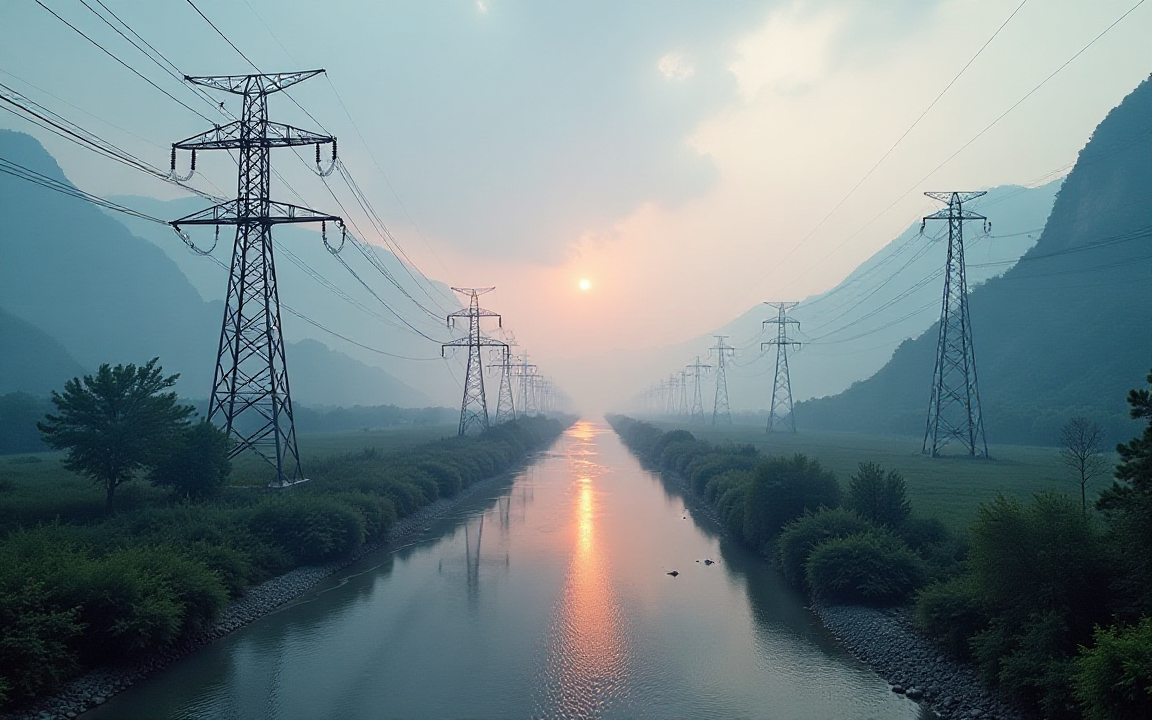India’s aggressive rollout of renewable energy is pressurising the country’s electricity grid and driving up supply costs, largely because demand growth has failed to keep up with the new capacity, a senior Central Electricity Authority (CEA) official announced on Friday.
India achieved a significant milestone in its renewable energy transition during the first half of 2025, recording the fastest growth in its renewable power output since 2022.
This substantial acceleration underscores the nation’s intensified focus on sustainable energy development.
This robust surge in renewable capacity addition is directly linked to India’s ambitious national commitment to deploy 500 gigawatts (GW) of non-fossil fuel electricity capacity by the year 2030.
This goal is a cornerstone of India’s climate action strategy and its pledges under the Paris Agreement.
Renewable energy growth
Further cementing its dedication to clean energy, India recently announced the pivotal achievement of having 50% of its total installed electricity generation capacity now sourced from non-fossil fuel-based sources.
This historic threshold was crossed ahead of the initial target, signaling the effectiveness of government policies and the private sector’s investment in clean energy technologies, including solar, wind, hydro, and nuclear power.
The increased renewable power generation is crucial for meeting the country’s rising energy demand while simultaneously mitigating carbon emissions.
Analysts suggest that this accelerated growth trajectory for renewables in 2025 indicates strong policy support, falling technology costs, and improved integration of variable renewable energy sources into the national grid.
The successful scaling of both utility-scale projects and decentralised renewable energy solutions has been key to this performance.
Transmission bottlenecks and supply cost concerns
Chairperson Ghanshyam Prasad of state power utilities expressed concern over the “skyrocketing transmission charges” at a forum organised by The Energy and Resources Institute (TERI) in New Delhi, according to a Reuters report.
Prasad attributed this to India’s strategy of constructing transmission infrastructure based on potential renewable energy generation, rather than actual capacity or existing demand.
Typically paid by the purchasers—most often distribution companies—to the power producers, transmission charges cover the costs associated with using the high-voltage network that transports electricity.
Prasad further noted that the country will likely add an additional 40 GW of renewable energy in 2025.
The additional amount of renewable energy produced this year will be difficult to manage in the absence of adequate demand, he said.
He added that the uncertainty in grid absorption, caused by the gap between transmission readiness and the commissioning of renewable projects, has led to some renewable energy projects not securing power purchase agreements.
Holistic strategy for grid adequacy and security
The CEA plans to review transmission plans every six months in order to reflect real-time developments, which is likely to address the above issues.
It is also working with the India Meteorological Department for better reading of localised weather for solar and wind generation, Prasad added.
He further emphasised the necessity for resource adequacy planning at both the national and state levels.
This planning is crucial for enabling distribution companies to accurately forecast future requirements and secure generation resources. Additionally, he strongly recommended the careful and planned integration of the grid.
He stated that to ensure the reliability and security of the grid, India needs continued investment in coal, nuclear, hydro, and gas power sources, in addition to renewable energy.
Until we see the system holistically — planning, execution, grid operation, and cost — we will go wrong.
The post Why renewable energy rollout is driving up power costs in India? appeared first on Invezz

